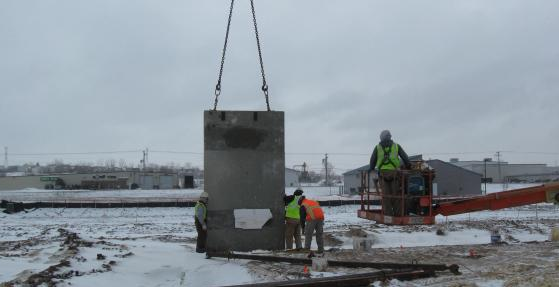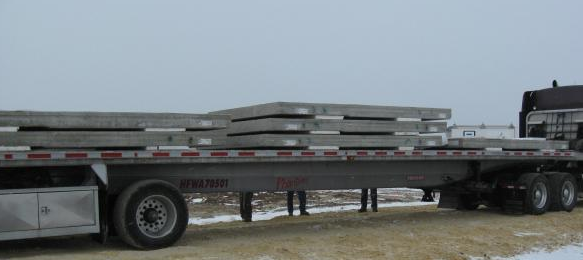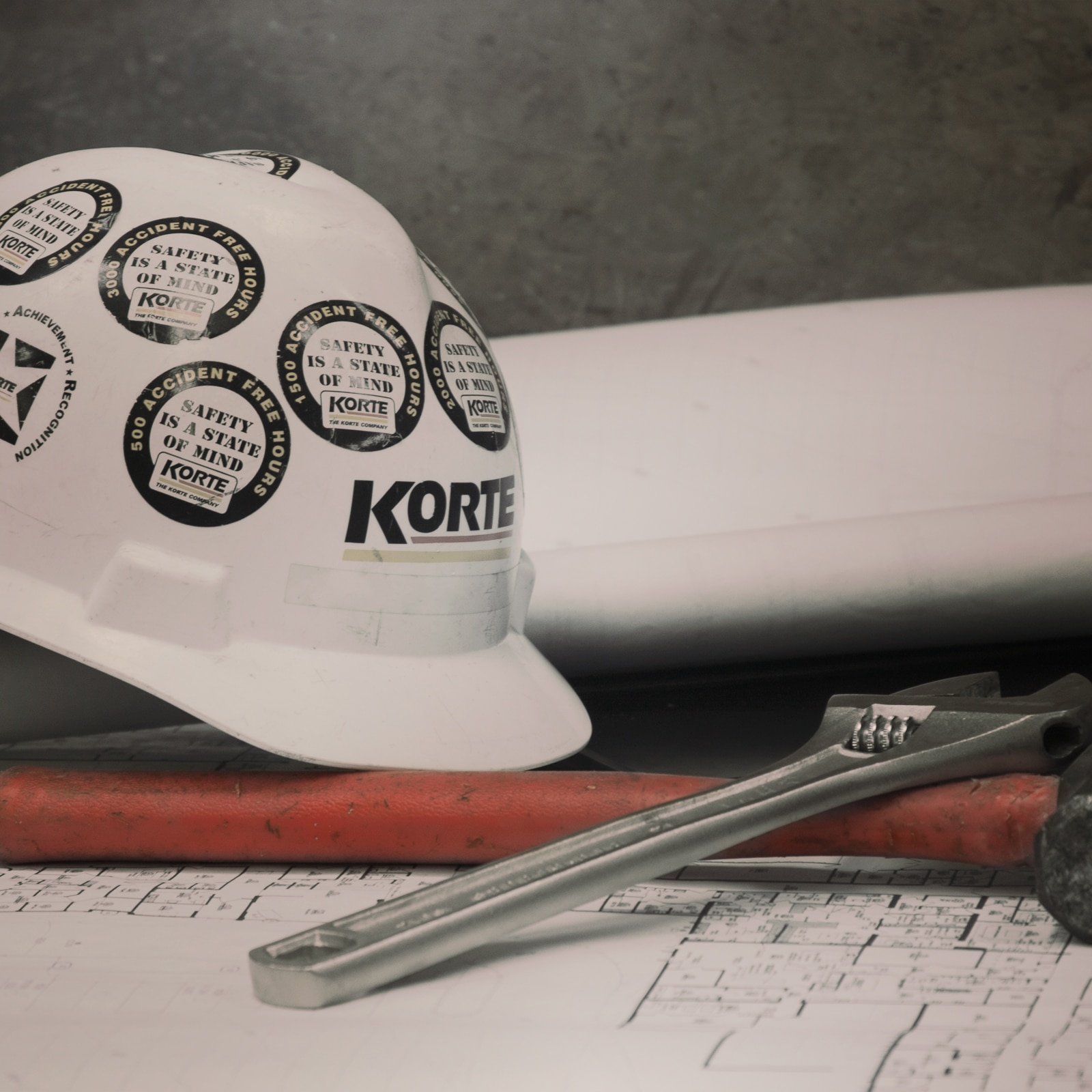As a project manager, you’re always looking for ways to hone your process and save money and time. We know the feeling. As an evolving and innovating Design-Build constructor, we’re always discovering opportunities to improve our process and complete our projects faster and better. In our experience, it pays to consult traditional building methods and construct creatively.

That’s why we use both tilt-up concrete and precast concrete in our construction projects. In our last post on distribution center construction, we detailed the benefits of tilt-up concrete wall construction. In this post, we’ll show you why we still use precast concrete for some projects.
So the first question you may ask is…
What is precast concrete?
Precast concrete construction is a building method where we pour concrete into a mold or “form” off-site, in a manufacturing facility. We cure it in a controlled environment and take it to a construction site where we then lift it into place. This process differs from tilt-up concrete construction, where we pour concrete wall panels on-site.
What are the benefits of precast concrete?
Precast concrete construction has many pros and cons. The process helps take snowstorms and other adverse weather conditions out of the building equation and can sometimes save time, space or even money on a jobsite. But the complex logistics that come with precast concrete construction can overwhelm you if you don’t carefully think them through before a job.
Fighting the elements
Pouring concrete off-site gives us more control over the end results of the concrete because we can perform the process in a controlled environment. Because we like predictability in our projects, we appreciate the added control.
Erecting panels through the cold winter months can be a difficult task, but sometimes the schedule of the job demands it, and the task can be perfectly served by precast panels. We like the flexibility we get from pouring off-site, especially when the jobsite’s terrain is restrictive, the site conditions are unfavorable or the site itself is not conducive to pouring tilt-up panels.
No waiting on the jobsite
Using precast concrete can speed up a project in some cases. Since we pour concrete off site, we can have it all prepared in advance. With precast, we never have to wait for a slab of concrete to cure and dry in order for us to continue building. In this method, we can also free up space on the jobsite for other purposes since we don’t have to dedicate any space to pour concrete.
Cost saving
Though the precast construction method has financial drawbacks, it does provide one major financial benefit. Depending on the job, we can continually reuse the same forms to cast concrete. Typically, precast concrete comes in a few standard sizes even for different projects. So we can use fewer forms than we do when we pour concrete on-site. The process is also less complex off-site, which can sometimes help us keep costs down.
Consistency and durability
Precast stands up to the elements over time. It’s durable and fireproof, and it’s used in bunker silos, foundations, engineered earth retaining systems, sea walls and many other vital applications that require tough, lasting material. We trust that when we use precast concrete in distribution center wall construction, it’s going to stand up to the test of time.
Since the forms used in the process replicate the same panels again and again, we can make an entire building to uniform specifications with relative ease. The simplicity and sameness of the panels make expansions and repairs easy, if problems even arise in the first place.
The process is green
The precast concrete construction method, just like tilt-up concrete construction, is a nontoxic and environmentally safe process. It’s used in a variety of buildings, including sanitary management structures for water treatment and pollutant removal. As a LEED certified distribution center builder, we’re proud to use green and environmentally friendly construction methods.
What are the downfalls of precast?

Precast concrete isn’t a perfect silver bullet. It has its drawbacks. The biggest is the number of panels that precast construction uses.
Shipping costs
For many projects, precast will raise the price of logistics. Contractors typically ship concrete panels by truck. Unfortunately, on-the-road shipping costs can add up quickly due to state, and sometimes county, size and weight limitations. As a result, the precast method can create added shipping costs, depending on the shipper, the location of the job, and the location of the precast plant(s). When we choose our wall-construction method, we carefully examine all elements of cost, including shipping.
The more small panels a project requires, the higher the shipping cost, and it can get pricey. Sometimes, so pricey that logistics become a major issue. In the case of a large distribution center construction project, this could be a deal-breaker for using precast concrete.
By contrast, when we pour tilt-up concrete panels on site, we can make them whatever size makes the most sense for the project — unconstrained by shipping standards.
Lack of project flexibility
Finally, precast provides the same level of aesthetic versatility that tilt-up construction does, but it lacks the same level of design and dimension flexibility that tilt-up offers. Precast allows for a tiny margin of error.
If an engineer has to react to some unforeseen circumstance and make a design change, the precast process isn’t accommodating or nimble. In fact, it may have to be repeated with new concrete panels and new forms, whereas on-site concrete processes allow engineers the flexibility to make adjustments as a project unfolds.
To learn more about distribution center construction and the many project decisions that you and your contractor will make, click below and download our guide.
